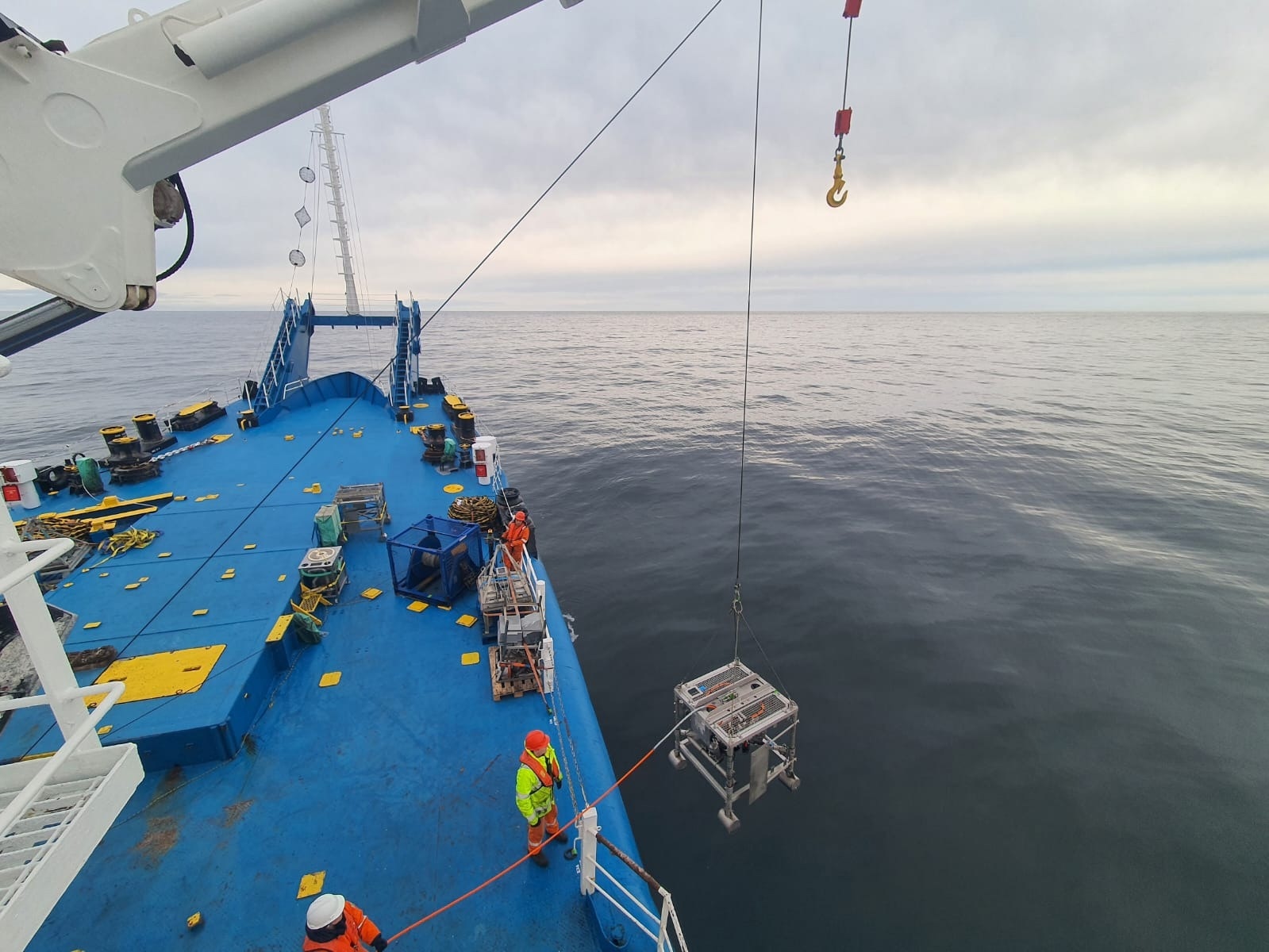Floating lidar deployment and comprehensive geophysical survey campaign to provide unrivalled visibility for consenting and engineering ahead of 2030 target.

Image Credit: Caledonia Offshore Windfarm
Caledonia offshore wind farm is on track to contribute to government green energy targets following an advanced two-year site survey campaign which included analysis of birds and marine mammal species in the area.
Caledonia is a 2GW project being developed in the Moray Firth, and one of the few ScotWind sites scheduled to be operational by 2030.
Developer, Ocean Winds, is laying the groundwork for its comprehensive Environmental Impact Assessment (EIA), a key element in the consenting process, following the project’s survey programme across the 429 km2 site.
"The information we are gathering from these surveys will provide an in-depth and reliable picture of the site, including the export cable corridor, above and beneath the waves, and extending to flora, fauna and other crucial data sets," said Sarah Graham, Head of Engineering for Caledonia.
"Combined with the experience, understanding and information we have gathered through the development of Ocean Winds’ neighbouring Moray East and Moray West sites, we will have an unrivalled level of visibility to help optimise and de-risk Caledonia going forward," she added.
A pair of floating Lidar devices are due to be deployed in June 2023 at the project site – where water depths range between 40 and 100 metres – by contractor Fugro. The units are fitted with a range of sensors and equipment designed to acquire marine environmental data including wind, wave and current conditions, among other factors. This adds to Ocean Winds’ extensive site data already acquired over twelve years of development in the Moray Firth.
Data will be transmitted to shore in near real-time, while raw data will be stored and downloaded during maintenance visits. In addition to informing the EIA, results will support engineering design for Caledonia.
Additional geophysical surveys are also ramping up, building on work already completed in 2022. Gardline vessel Ocean Endeavour was mobilised at the start of March 2023 to conduct full surveys of the offshore export cable route in addition to further reconnaissance in the wind farm array area.
The workscope includes benthic sub-tidal environmental surveys and sampling. A separate vessel, the Titan Discovery, will carry out geophysical and benthic sub-tidal surveys of the nearshore cable route area.
"The work will create a better understanding of the shape and profile of the seabed, water depths and technical constraints, and will be used to inform wind farm design, cable routing and installation, as well as landfall site selection," Sarah added.
"The end result of this work will be a better project, perfectly placed to help Scotland and the UK meet 2030 offshore wind targets."
The proposed Caledonia offshore wind farm is adjacent to Ocean Wind's operational Moray East development and its under-construction Moray West project, which is due to be up and running early in 2025.